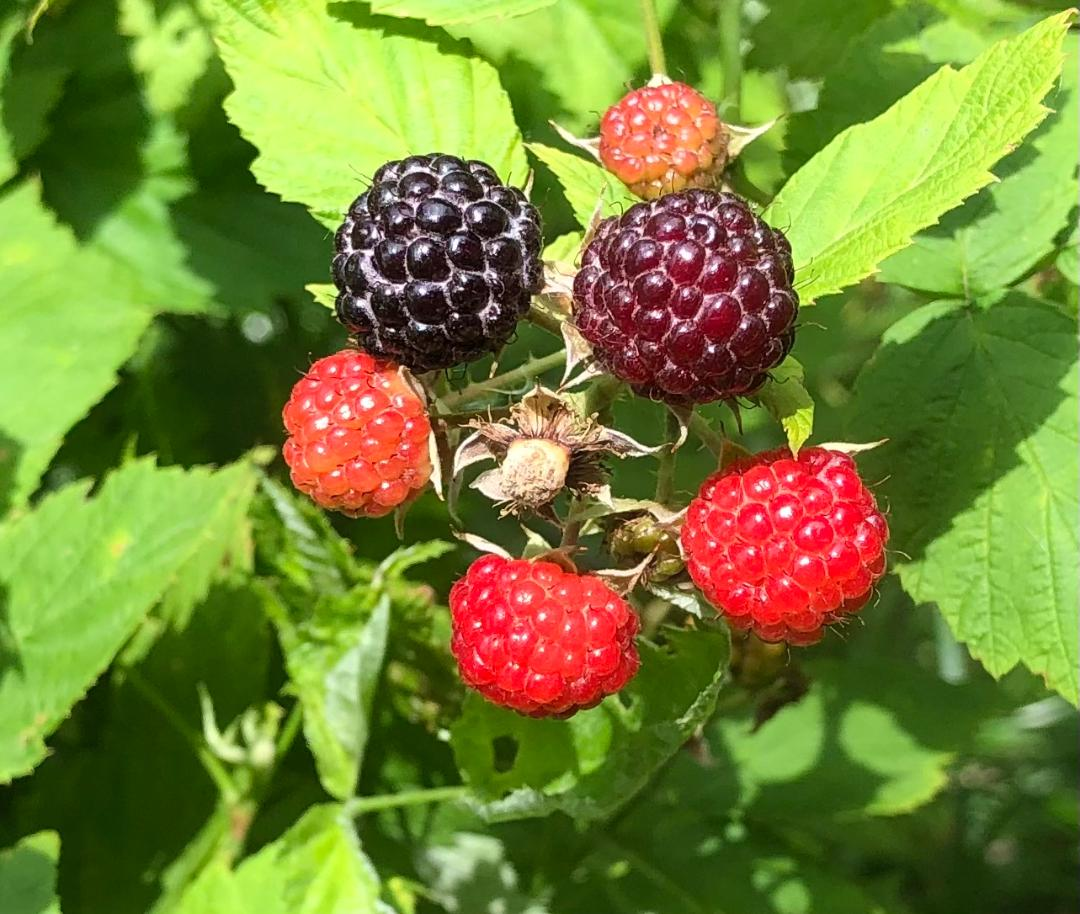Today I found a wasp in our window trying to get out. I try my best to preserve life, and that includes our pollinator and insect control friends. Today's wasp happened to be a parasite wasp of some sort, possibly a spider parasite. Via trial and error I have found the easiest way for all concerned to catch wasps and bees and release them unharmed (and me un-stung) outdoors.
I get a wide-mouth Mason jar and a piece of stiff chipboard. I then cup the wasp on the window and carefully slide the chipboard so that it covers the mouth of the jar while the wasp is inside the jar. Make sure, of course, to keep the wasp from escaping or trapping its leg in the jar. Invert the jar so that the chipboard is at the bottom and the jar is facing down. I hold the jar with both hands, one hand under the chipboard supporting it and the other firm on top. Insects instinctively fly upward in their attempts to escape, so it will fly to the top of the inside of the jar.
Take the jar outside, hold it facing upward and away from you, and remove the chipboard. The wasp will likely fly out of the jar and away as fast as it can, without a backward glance. Make sure it's a fairly quick process. A prolonged process agitates the wasp. If the window is in the sun, the wasp will be moving faster and may be harder to catch. I have never been stung catching and releasing stinging insects this way.
The photo below shows the wasp in the jar after capture. The wasp is small and dark and in the lower left hand part of the jar.







